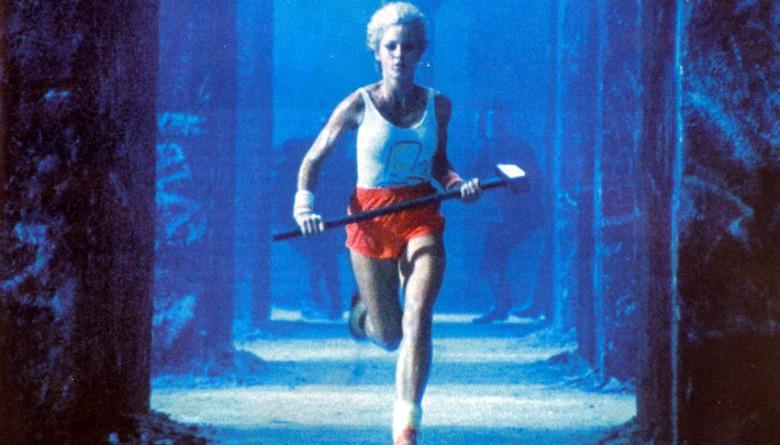Videos: Switching the Point of the Attack
Episode #6 of the course Presentations: Making slides that work by Barry Brophy
According to one estimate I came across, there are five billion videos posted on YouTube alone. In our daily lives, we engage with video—via film, TV, iPad, YouTube—probably every day. And yet, I am amazed by how seldom people use videos in their presentations.
Some people are wary of the technology and use this as an excuse, but I think people neglect video for the same reason they neglect many things in presentations: complacency. People think a presentation is just bullet points on slides. Forget live demonstrations, stories, interaction, analogies, real-life examples, and videos, no one wants to see those—except they do.
Benefits of Having Videos in Presentations
Some benefits of using videos in a presentation, which you might not think of, are as follows:
• They are a way to inject energy into your presentation. You can do this at the start to get people’s attention, as well as set a context for your talk, or in the middle of a longer talk to break it up.
• They are a great way to get music into your presentation, probably the only way. Music is incredibly emotive; when you play music in a room, you will notice people smiling bashfully and even moving along. A video clip that contains music, as many do, is a nice way to sneak this magic into the room.
• They are a great way to get humor into your presentation. Many videos are clever and witty, so you don’t have to be. You can just focus on being yourself. But a shared moment of humor—as long as it’s relevant to your talk—is a brilliant way to break the ice.
• They are often self-explanatory and story-lined, so they can become part of the flow of your talk. I once saw a presenter use an Apple advertisement (see the image of one shot below) from the 1980s to begin his talk.

The presentation was on the link between technology and marketing, and the presenter introduced himself, dimmed the lights, and played the ad. The clip was only 45 seconds long, but it was spectacularly produced and created an intrigue among the audience: Where is this going? It beautifully set up the talk, as the storyline of the advertisement initiated the storyline of the presentation. You could say that it jump-started the presentation.
• Videos are free. You need to pay royalties or obtain permissions to use a video in something that is published—a course, a website, an e-book, a paper—but not in a presentation. A presentation is a live, transient event, just like a conversation, so all those wonderful YouTube clips are at your disposal.
Practical Tips for Using Videos
You should always consider the option of including a video in your presentation, as they offer too many benefits to ignore. The following practical tips will help you work these videos into your talks.
• Download the video if possible. Mozilla Firefox has an easily installed add-on for downloading YouTube clips. It is much better to have the clip on your computer than to rely on an untested wireless connection at a live event.
• If the video doesn’t play, move on. The audience won’t know that they have missed, so don’t draw attention to the glitch by hammering the keyboard desperately or groaning. Have an escape plan ready and get on with it.
• Check that the video plays immediately before the presentation. This may seem obvious, but many people don’t do this, particularly when they have used the clip successfully before. Each room and projector and sound system is different, and the potential for unexplained mishaps is bottomless.
• Get the sound right. When trialing the video in advance, don’t just see that it starts to play and turn it off. Make sure the volume is right, throughout the video, for the room you are in.
• If it’s a short clip, there may be merit in playing it a second or third time, like an action replay in a football match. The audience may need time to digest your point, and they will be frustrated if the clip is gone before they have had a chance to do so. If it’s a longer video, you might replay the most important parts.
Tomorrow, we will look at the surprising benefits of making your own videos, and you don’t have to go to film school to do this.
Recommended video
Video Punch in Your Presentations
Recommended book
Presentation Zen: Simple Ideas on Presentation Design and Delivery by Garr Reynolds
Share with friends

